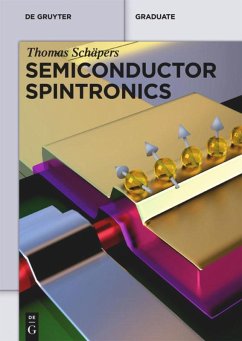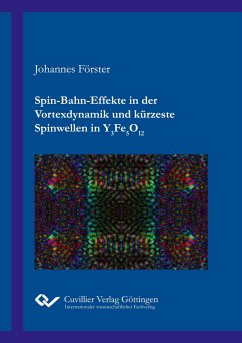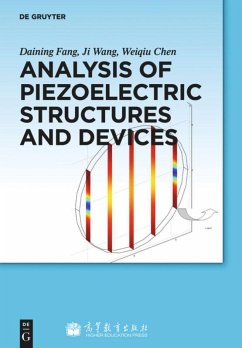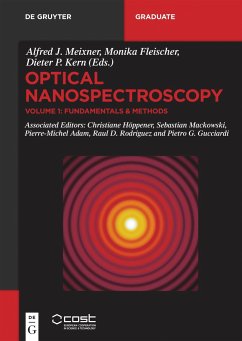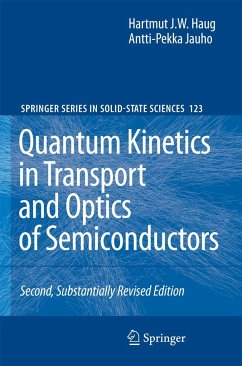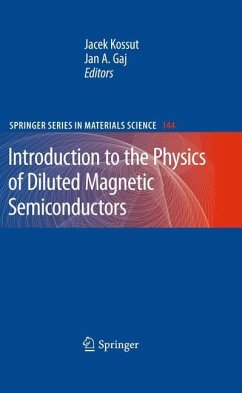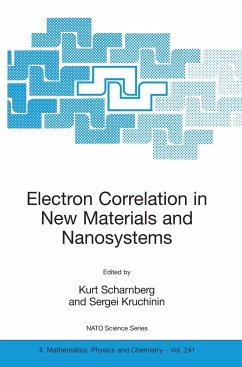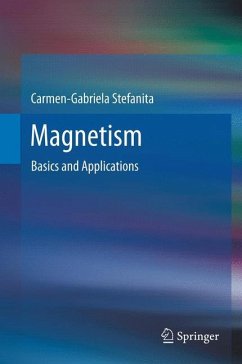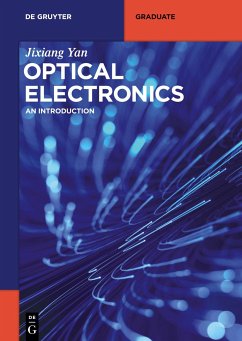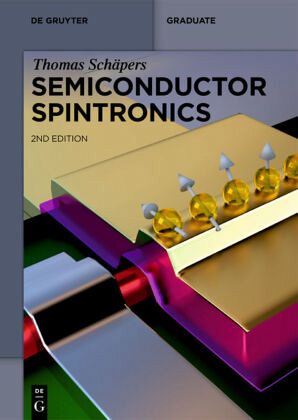
Semiconductor Spintronics
Versandkostenfrei!
Versandfertig in 1-2 Wochen
63,99 €
inkl. MwSt.
Weitere Ausgaben:

PAYBACK Punkte
32 °P sammeln!
This revised and expanded edition of the first comprehensive introduction to the rapidly-evolving field of spintronics covers ferromagnetism in nano-electrodes, spin injection, spin manipulation, and the practical use of these effects in next-generation electronics. Moreover, the book now also includes spin-based optics, topological materials and insulators, and the quantum spin Hall effect.




